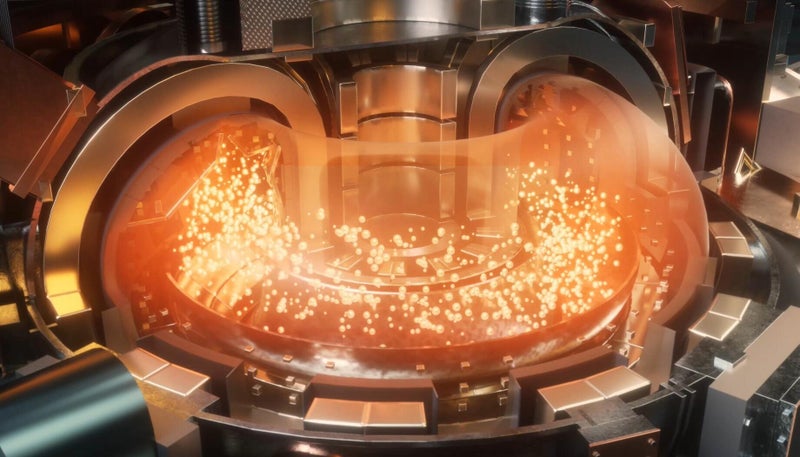From Saturn’s once-in-a-decade disappearing rings to intense Northern Lights – five must-see space spectacles for 2025
Share:
EARTH is in for yet another spectacular year for breathtaking cosmic displays - from Saturn's rings disappearing to a 10-year peak in Northern Lights displays. Here are five spectacles you should keep your eyes to the skies for this year. Coming up soon is the Quadrantid meteor shower, which can cast up to 120 shooting stars per hour into the sky during its peak.
![[Coming up soon is the Quadrantid meteor shower, which can cast up to 120 shooting stars per hour into the sky during its peak]](https://www.thesun.co.uk/wp-content/uploads/2024/04/2hemdy1-planet-earth-meteor-shower-895324790.jpg?strip=all&w=960)
The Quadrantids is more prolific than most meteor showers. It will peak on 3 January, and produce a few super bright "fireballs". The Moon will be below the horizon this year, so expect particularly favourable viewing conditions if the sky is clear. The Quadrantids are the first meteor shower of 2025, prior to the Lyrid, Perseid, Draconid, Orionid, and Geminid meteor showers we will see later in the year.
![[On 28 February, all seven of the solar system’s other planets will align in Earth's skies]](https://www.thesun.co.uk/wp-content/uploads/2019/10/NINTCHDBPICT000463734809.jpg?strip=all&w=960)
On 28 February, all seven of the solar system’s other planets will align in Earth's skies. This rare event is what's known as a “planetary parade” - when all Mercury, Venus, Mars, Jupiter, Saturn, Uranus and Neptune are strung across the horizon.
![[Earth's view of Saturn and its ring changes with time as the planet spins on its axis]](https://www.thesun.co.uk/wp-content/uploads/2022/08/lv-Saturn-Oppositionjpg-JS724109738.jpg?strip=all&w=960)
They won't actually be lined up, but they will look that way from Earth. By March 2025, Saturn's rings are expected to have vanished entirely from view. They will soon reappear after March, according to astronomy site Earth Sky, before disappearing again in November.
![[A once-in-a-decade peak in Northern Lights is expected in July 2025]](https://www.thesun.co.uk/wp-content/uploads/2024/12/calton-hill-crowded-spectators-man-959395052.jpg?strip=all&w=960)
The event occurs every 13 to 16 years. The last time Saturn's rings disappeared from view was in 2009. This is because Earth's view of Saturn and its ring changes with time as the planet spins on its axis. This year saw Northern Lights reaching into southern parts of the UK like Cornwall, which don't typically see such displays.
![[November’s moon, known as the Beaver or Frost Moon, will be the closest to Earth at 221,965 miles away]](https://www.thesun.co.uk/wp-content/uploads/2023/07/first-years-supermoons-rises-past-829151839.jpg?strip=all&w=960)






















